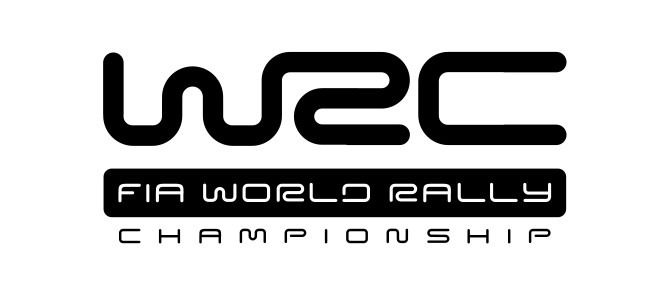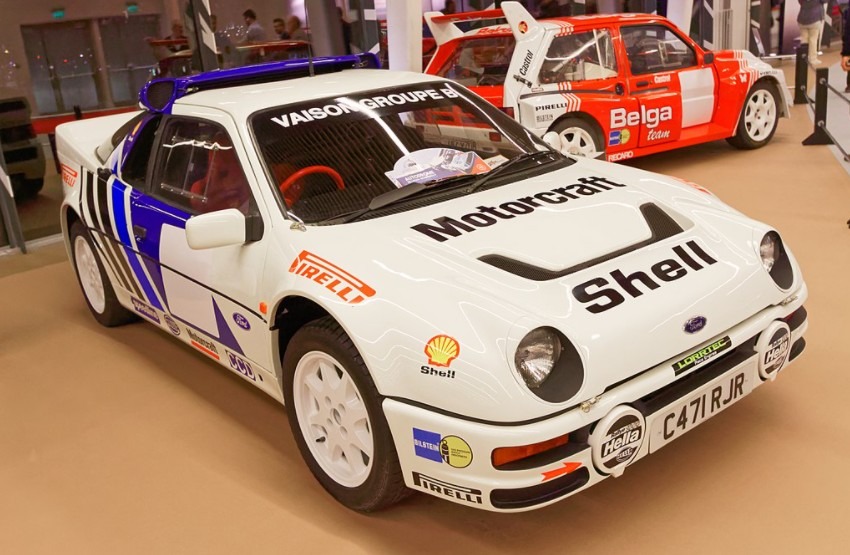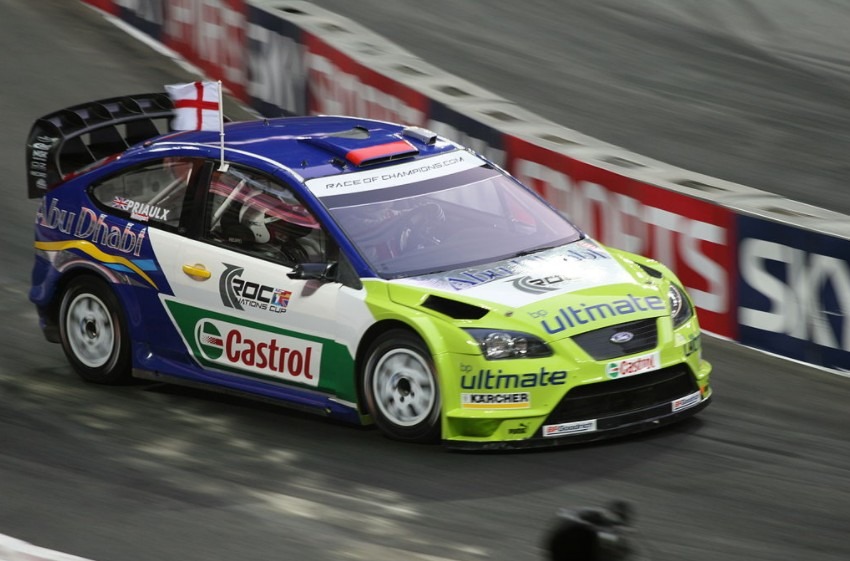Powered by the FIA, the World Rally Championship is an international event that comprises a driver, co-driver, and a manufacturer. The event hosts two types of rallying events, the drivers’ championship, and the manufacturer championship, however, it is based on the same point system. Furthermore, the event consists of 14 stages to be completed in three days. The drivers compete with each other on surfaces ranging from tarmac and gravel to ice and snow.
The roads are closed and the competition is based on who is quickest on the track. The World Rally Championship over the years has progressed manifolds. From cars to a different and better breed of drivers, the event manages to attract millions of fans across the globe. Lastly, the World Rally Championship comprises of three types of championships, the Junior World Rally Championship, the World Rally Championship-2, and the World Rally Championship-3. Since it is a huge event that takes place each year, let us dig a bit deeper
History
Group 4
In the beginning, the World Rally Championship was an event that consisted of already established nine rallying events. These events were a part of the International Championship for Manufacturers and were contested between 1970 to 1972. It was 1973 when the first season of the World Rally Championship was held and it began on January 19 with the Monte Carlo Rally. The first manufacturer’s world championship was won by Alpine-Renault with its Alpine A110, followed by Lancia, which won three titles in a row. The car was powered by Ferrari’s V6-engine and was the first car manufactured and designed for rallying.
Group B Era
The 1980s saw changes in both the types and groups of cars. Both rear-wheel-drive Group 2 and Group 4 cars were replaced with even more powerful four-wheel-drive Group B cars. Although the four-wheel-drive cars were approved by the FISA in 1979 but most manufacturers thought that it will not be that successful due to it being too complex. It was until Audi stepped into the ring with its Quattro series that changed everything.
After successful testing and immediate success, all manufacturers started their all-wheel-drive projects as well. Soon in 1982, the regulations for Group B were introduced. There were very few restrictions imposed, which gave the manufacturers nearly unlimited power. It was an unfortunate year as well due to the fact that Italian rally driver AttilioBettega had a bad accident in his Lancia 037, which led to his instant death.
The year 1986 was off to a very good start with impressive upgrades resulting in splendid performances. However, the event took a turn for the worst when driver Joaquim Santos lost control of his Ford RS2000. It was the Rally Portugal where the unfortunate incident took place, resulting in three spectators being killed and over 30 injured. Then at the Tour de Corse, Toivonen who was the championship favorite at the time along with his co-driver Sergio Crestodied when the car plunged down a cliff. It turned into a fireball. Several other controversies followed that forced FISA to ban the development of Group B cars.
Power Stage
The power stage was first introduced in 2011. It is the final stage of the rally. The fastest three drivers are provided with additional points, regardless of the position where they had finished. The fastest team was supposed to earn three points, while the second was provided two points and the third spot team was given one point. Then in 2017, the awarding system was modified to now include the five fastest drivers. Each of them provided points according to their position. Furthermore, the special stages will have the timing set for a tenth of a second, whereas for the ‘Power Stage’ it would thousandth of a second.
Rally 2
Initially referred to as “SuperRally”, Rally 2 was basically regulations that allowed a retired driver to re-enter the race the next day, at the cost of a seven-minute time penalty for each stage that was missed. However, if only one stage was missed, the penalty would only be 10-minutes. The regulations were introduced to keep things competitive and provide each driver with an equal chance of competing. Moreover, retiring at the rally’s final leg would not allow the driver to re-enter the competition.
Canceled WRC Rallies
Unfortunately, due to COVID-19, the World Rally Championship events were canceled and new dates were provided for continuation. Although a new calendar was launched, six amongst the original 11 eleven rounds were called off. Portugal, Great Britain, and Finland had completely canceled the event. Furthermore, the most awaited Safari and New Zealand rounds were called-off as well.
Situation post-COVID
Although COVID-19 is still on red alert, necessary precautions are being taken to bring the World Rally Championships back. It is being said that a new rally will be scheduled and organized in Croatia as well. However, financial stability is the main concern. Previously, Rally Mexico in March had to modify its time-table so that the majority of European-based teams were able to fly back through the United States before a traveling ban was imposed all over Europe.
Cars
Currently, the World Rally Championship has set the standard for 1.6 L direct-injection turbo engines. Furthermore, the cars are four-wheel drive and will be competing on gravel, tarmac, and snow. The horsepower is restricted to 380 bhp and the manufacturers competing include Citroen, Ford, Toyota, and Hyundai.
Final Word
The expected races of World Rally Champion are trying hard to return to the stage. It is the most awaited event for motorsports fans but due to the COVID situation, the event is struggling to gain shape. The biggest problem is the scheduling and several countries not joining the competition. Only time will tell if the organizers are able to get everything back together for once.




